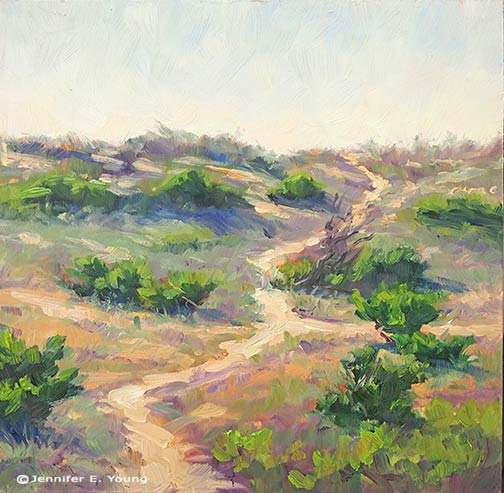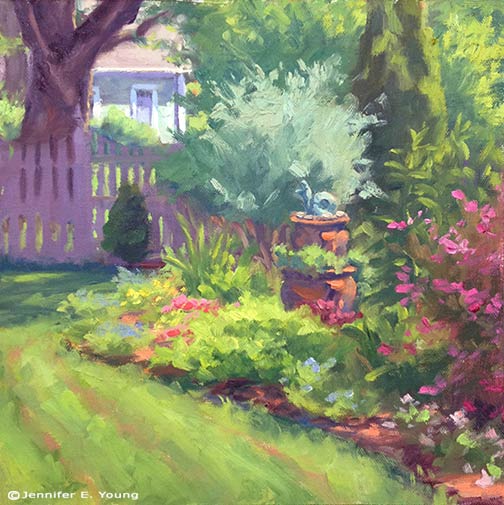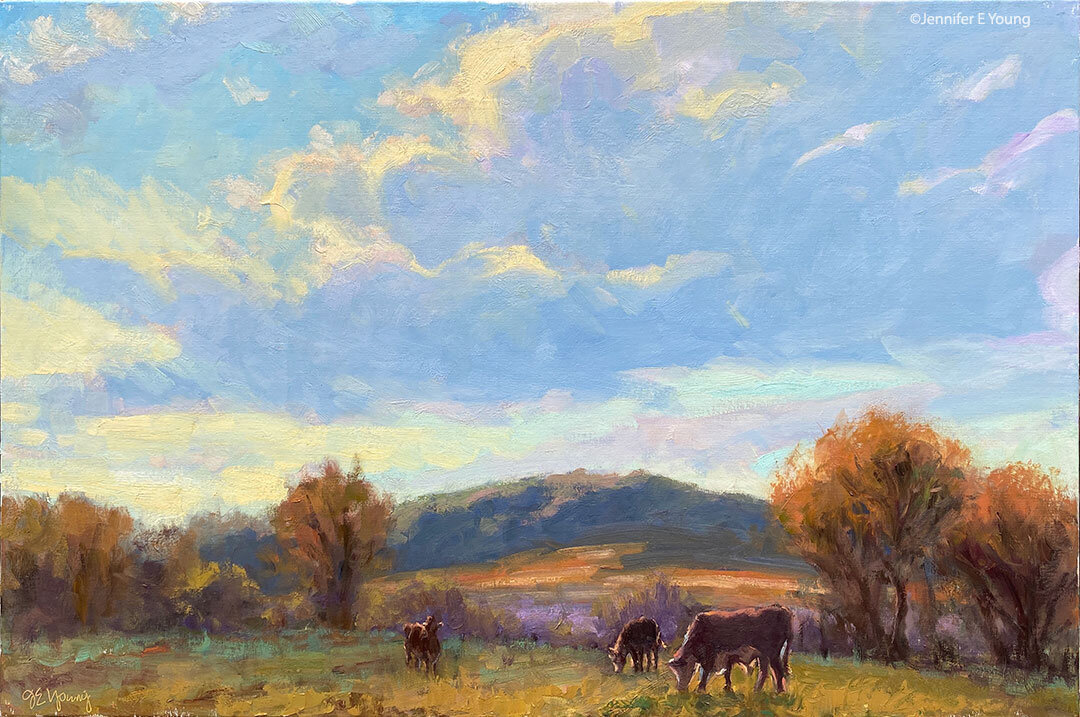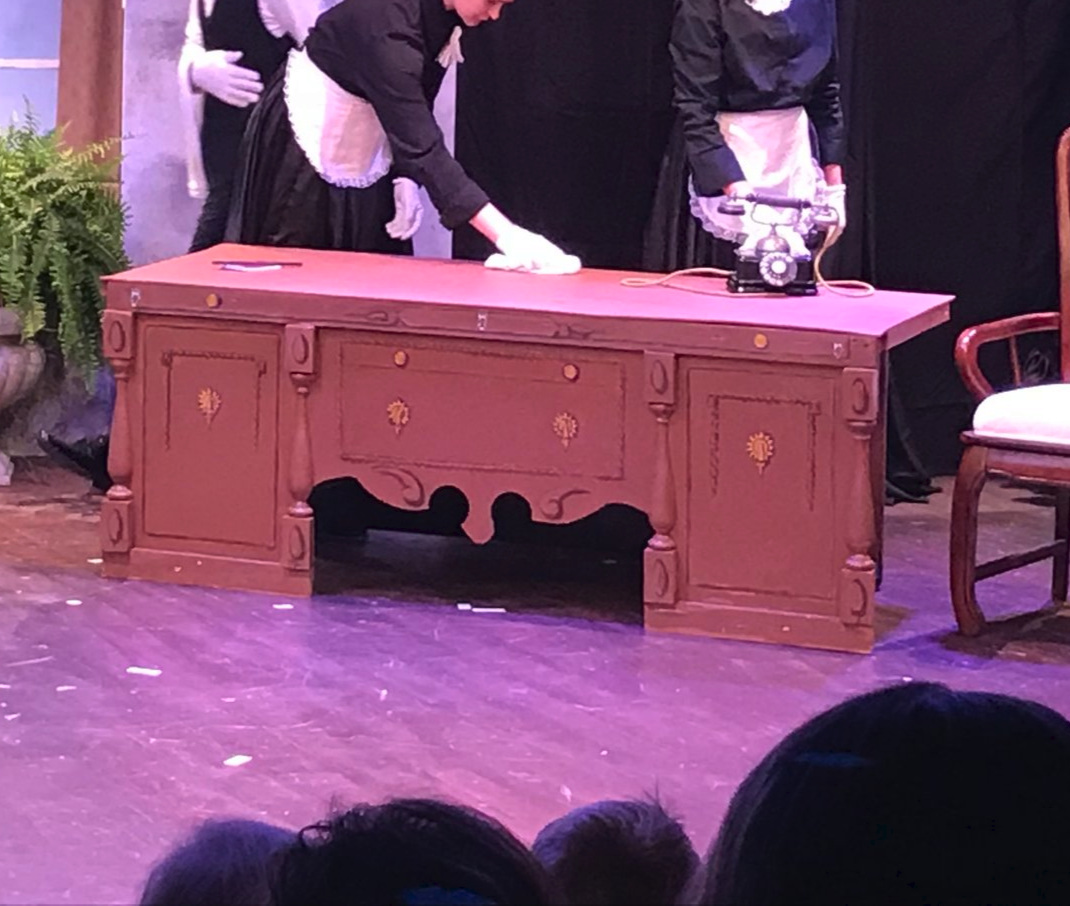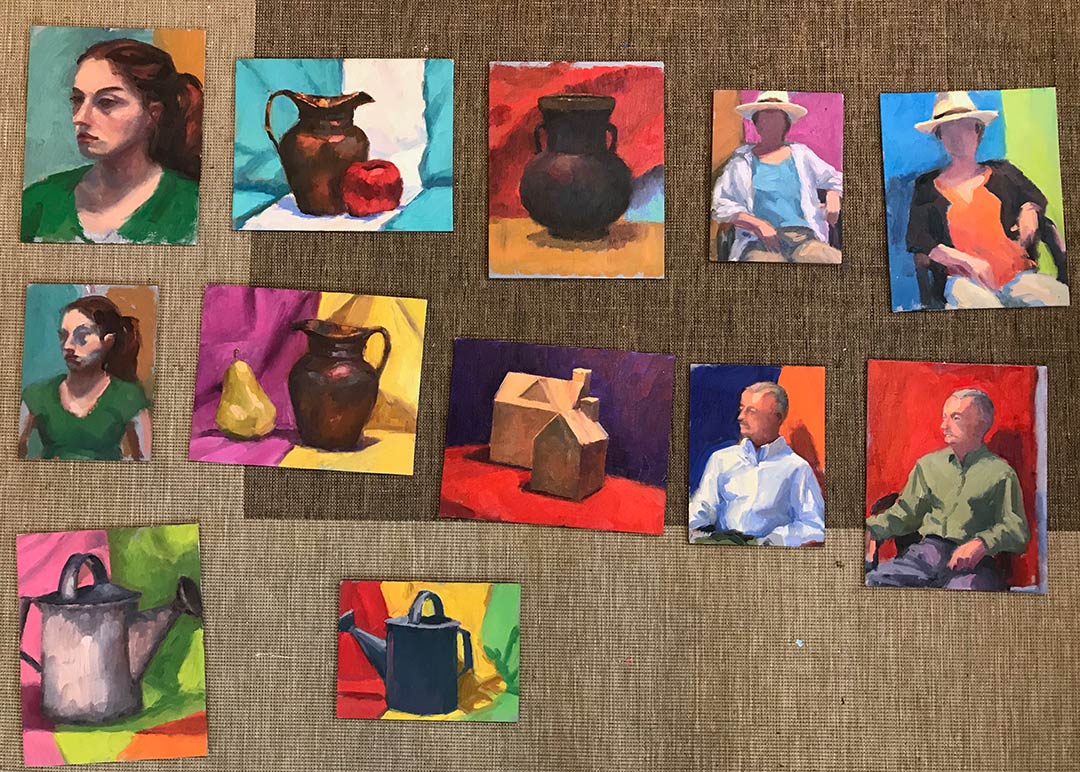My lunchtime view
/A major goal of mine this year has been to return to a regular practice of plein air painting. I've made kind of a slow start of it, but with a young child and a constantly changing schedule, finding the time to do this has been a major challenge to me. Before I had my daughter, I became accustomed to traveling around in search for the perfect painting site. Now, that's not really practical, (or most times, even possible). This is actually most peoples' reality and it's only in hindsight that I realize just how spoiled I was to ever have been able to do this in the first place! But these kinds of constraints shouldn't prevent me from plein air painting. After all, an exotic location does not (necessarily) a good painting make. And in fact, painting my world around me, just as it is, provides a pretty good challenge and a good discipline.
This is the view I behold every time I eat outside on my patio (which I do quite often in the temperate months). You may recall the distant flower bed from another recent plein air I did in the spring. This is a different view, from beneath the shade of our Crepe Myrtle:
"Patio View, Midday" 10x8" Jennifer Young
Of course, painting my current reality doesn't mean I have to include everything. Here's what you don't see on the other side of that column:




